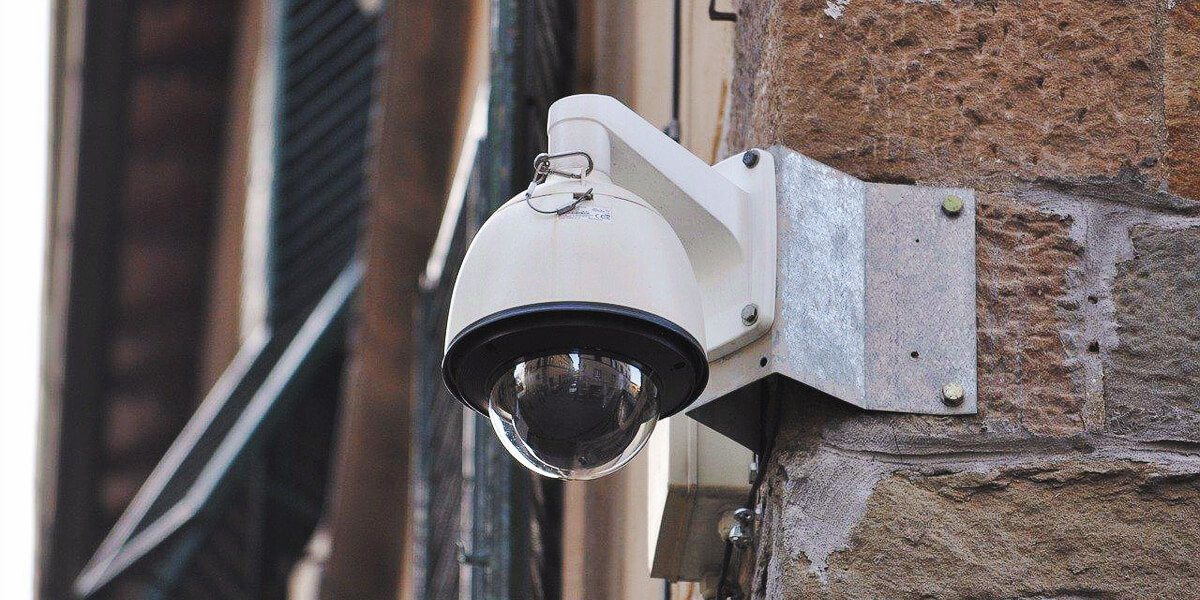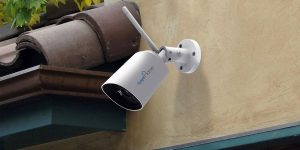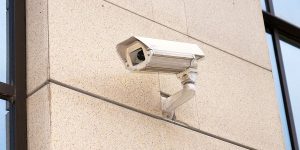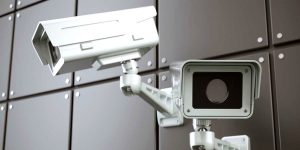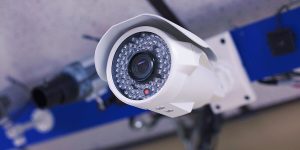A fake security camera? Yes, you heard it right. These imposters are floating around on the market, often mistaken for the real deal. Unveiling their true identity might seem like a tough task, but I assure you, it’s not. With a keen eye and a little bit of know-how, you can easily spot a dummy cam. After all, knowledge is the best defense against deception.
Common characteristics of fake security cameras
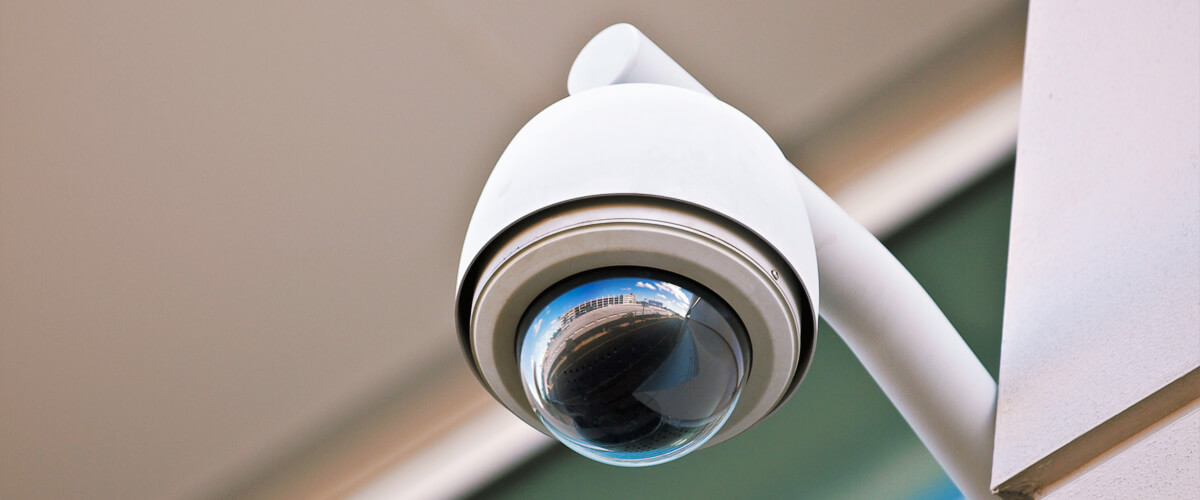
Inexpensive materials and build quality
Fake security cameras often take shortcuts with materials, relying on low-cost plastic instead of the sturdier metal or high-grade polymers that genuine devices typically use. This inferior build not only feels lightweight, but it also tends to lack the durability you’d expect from a real security camera. Look closer, and you might spot telltale signs of cheap manufacturing, like rough edges or inconsistent finishes.
Lack of essential components and features
A counterfeit camera often skips essential components, particularly those that would be pricey or complex to mimic. For instance, you may notice a lack of motion detectors or a missing night vision feature – two critical elements most genuine cameras boast.
Generic and unrealistic designs
Remember those comically oversized spy cameras from old spy movies? If a security camera looks like it belongs in a gadget catalog from the 80s, you’re probably dealing with imitation security cameras. Most real cameras aim for a sleek, subtle design to blend into their environment. Counterfeit ones, on the other hand, often sport exaggerated or outdated designs that scream “fake.”
Stationary lenses or missing adjustment features
Authentic cameras offer the ability to adjust lenses or pan and tilt to cover a wider surveillance area. However, fake security cameras generally have stationary lenses, which is a clear red flag. If the camera lens can’t move or seems to be painted on, you can bet you’re dealing with a knock-off.
Unrealistic LED patterns or overly bright lights
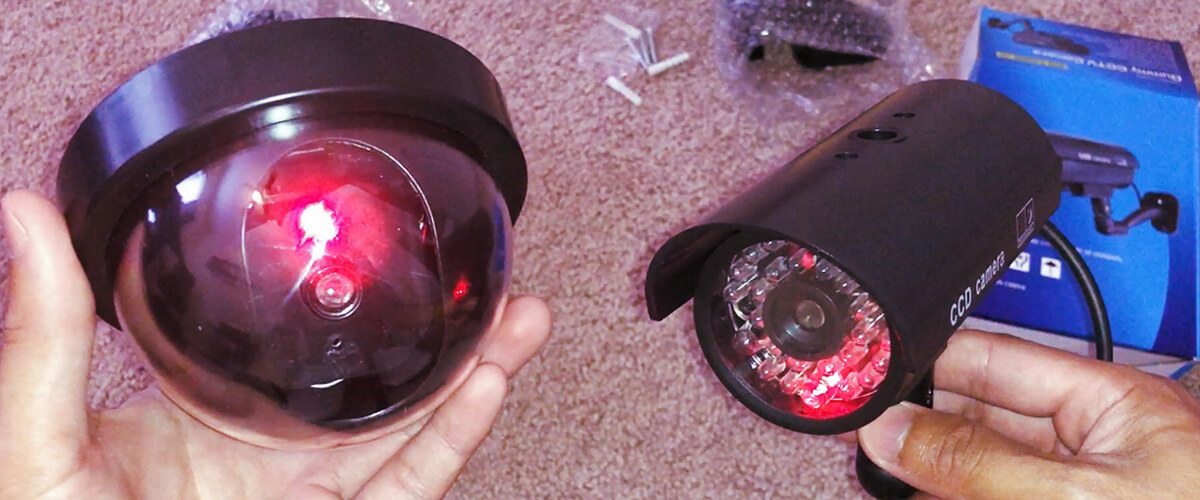
LED lights can give away a fake camera faster than you can blink. Real security cameras use their lights sparingly and strategically, while fake ones often display dramatic blinking patterns or overly bright lights to convince observers of their authenticity. If it seems like a camera is trying too hard to get your attention, it might be an imposter.
Lack of branding or manufacturer information
Finally, a lack of branding or manufacturer information is a strong indicator of a counterfeit camera. Reputable companies are proud of their products and stamp their brand name visibly. If you can’t find a brand name, logo, or any trace of a manufacturer on the device, there’s a good chance you’re dealing with a sham.
FAQ
Do fake cameras flash?
Yes, fake security cameras often feature flashing lights as a way to attract attention and mimic the appearance of real, working cameras. However, the key giveaway here is the pattern and intensity of the flash. Real cameras typically use their lights in a subdued, strategic way, whereas fakes tend to use overly bright or dramatically blinking lights as a false show of functionality.
Can you put up fake security cameras?
Technically, you can. There’s no law against installing a fake security camera on your property. However, it’s important to remember that while these dummy cameras might deter some criminals, they won’t provide the real security or recorded evidence that a functioning camera would. Therefore, as a precautionary measure, it’s always advisable to use real security cameras.
Do fake security cameras deter thieves?
Fake security cameras can serve as a psychological deterrent to some degree, making potential thieves think twice before attempting a crime. However, seasoned criminals can often spot these fakes and might not be deterred at all. Moreover, a dummy camera provides no real security or surveillance, and it won’t provide any valuable evidence in the event of a crime.
